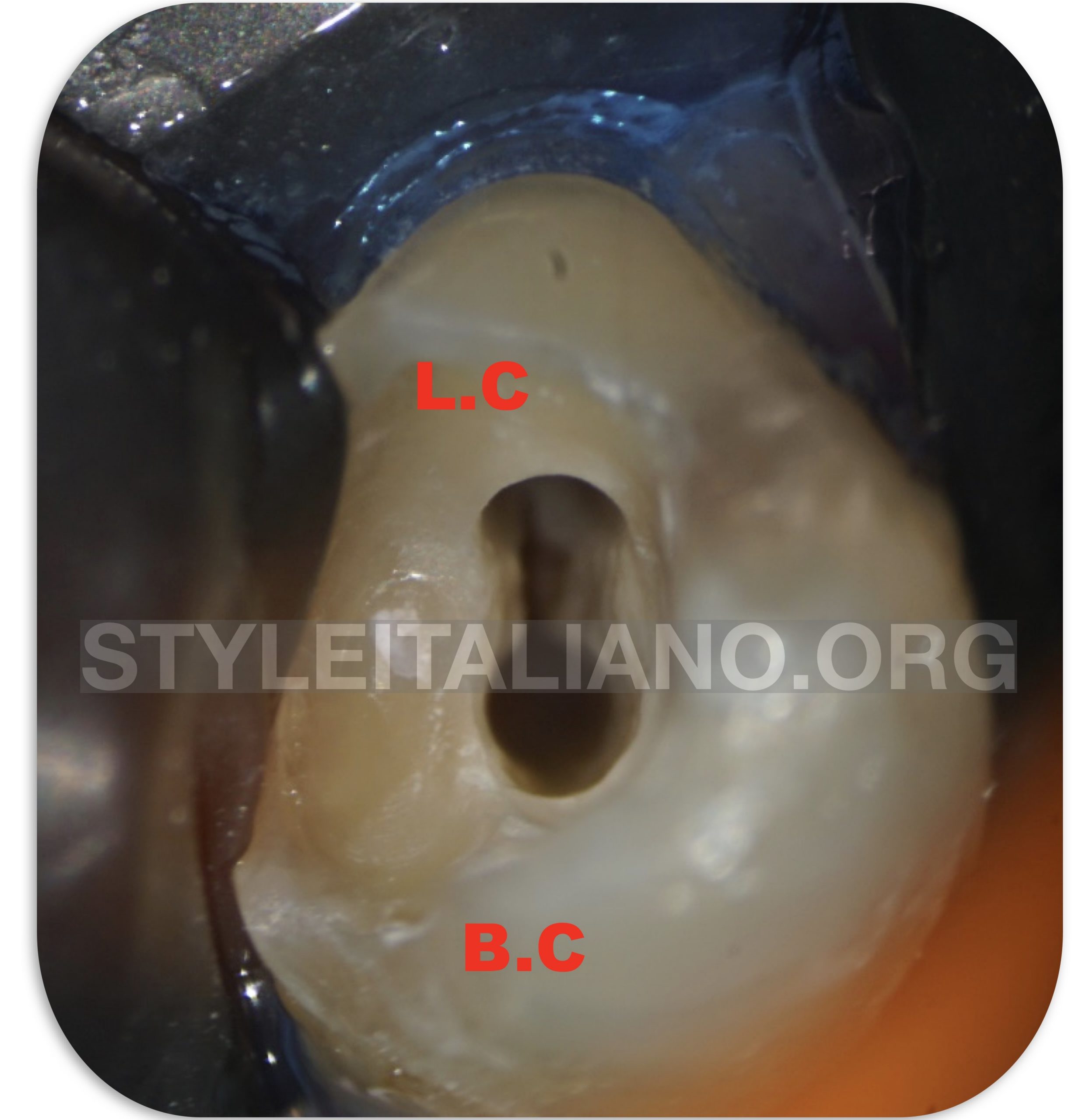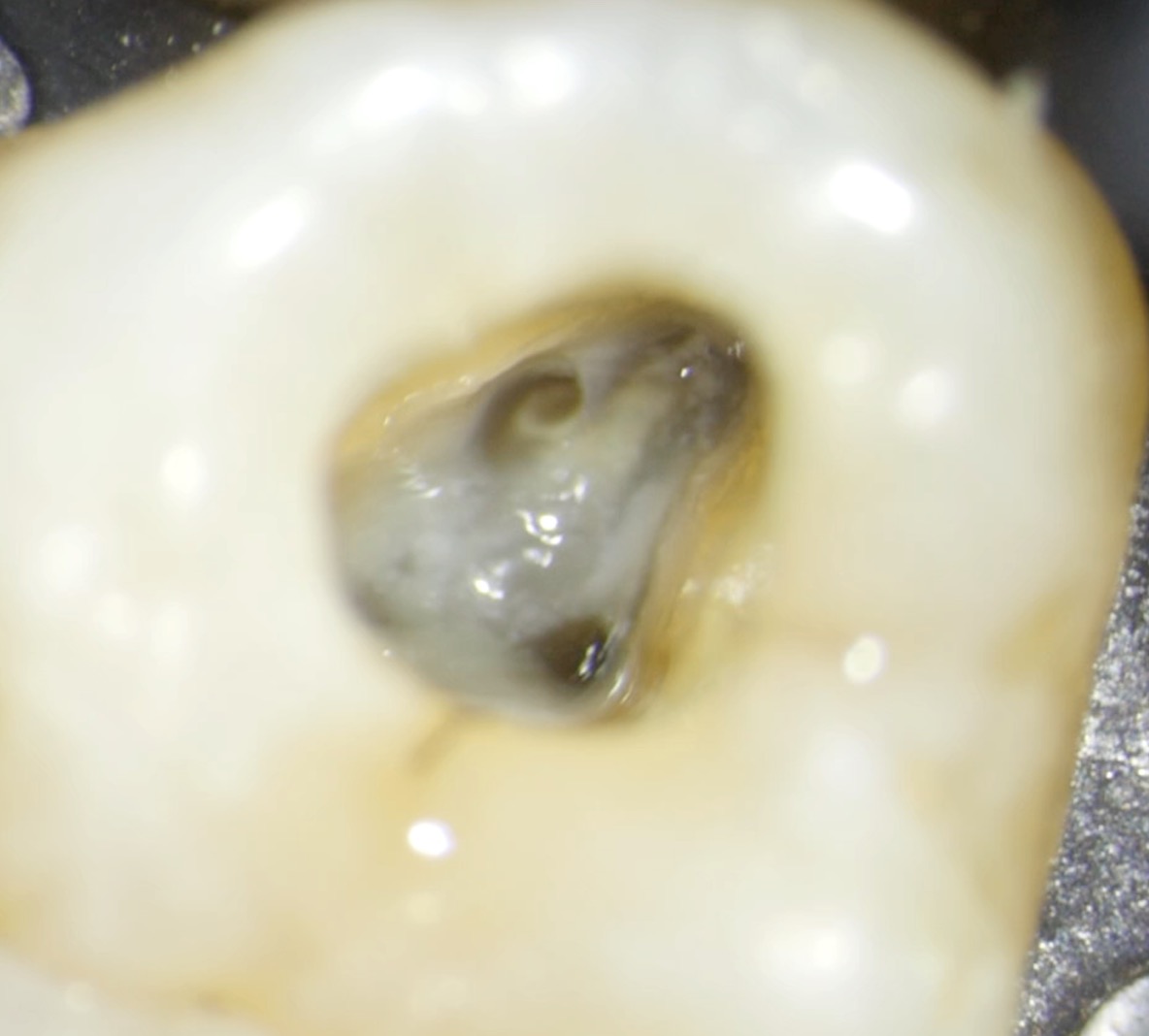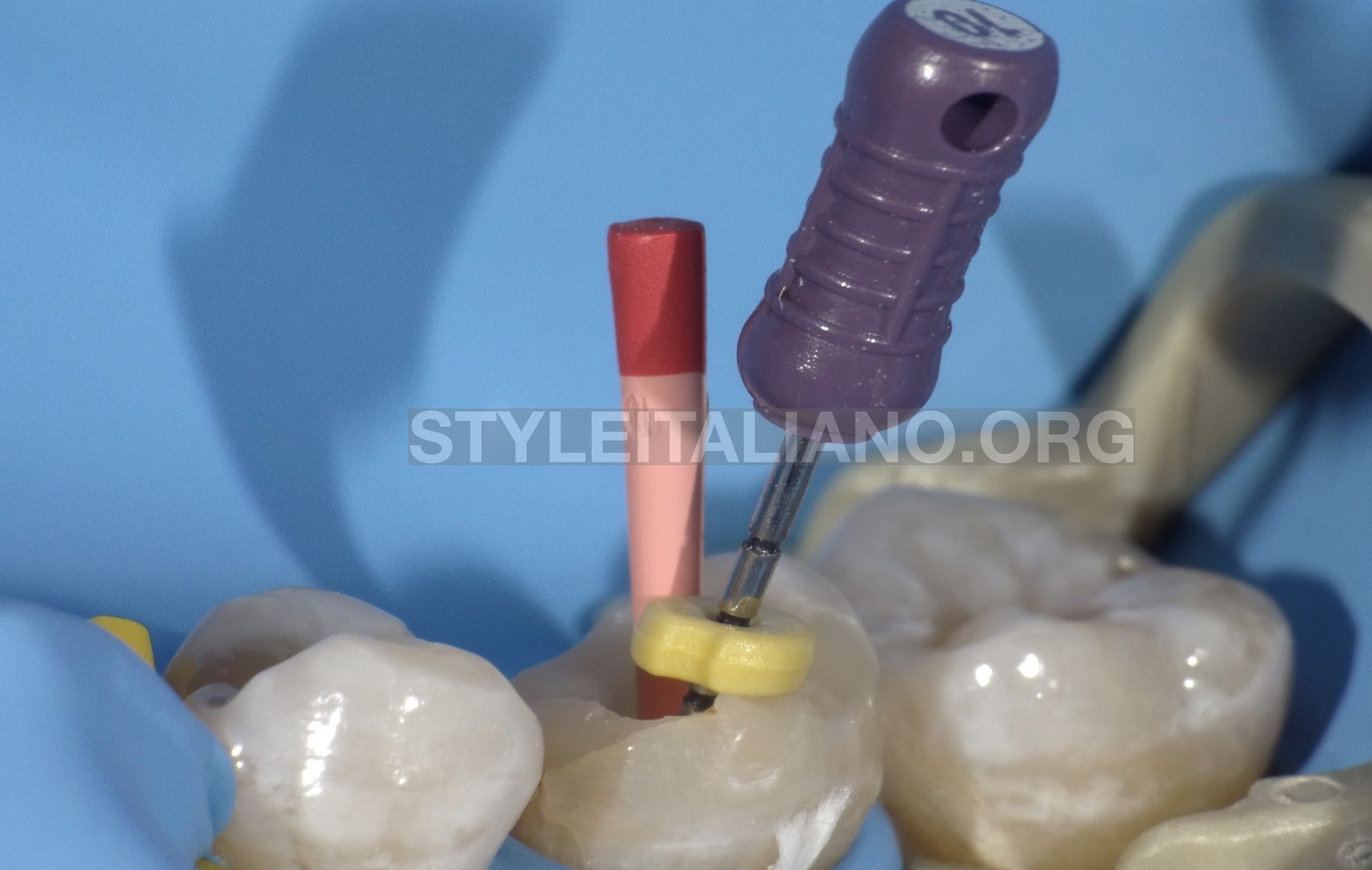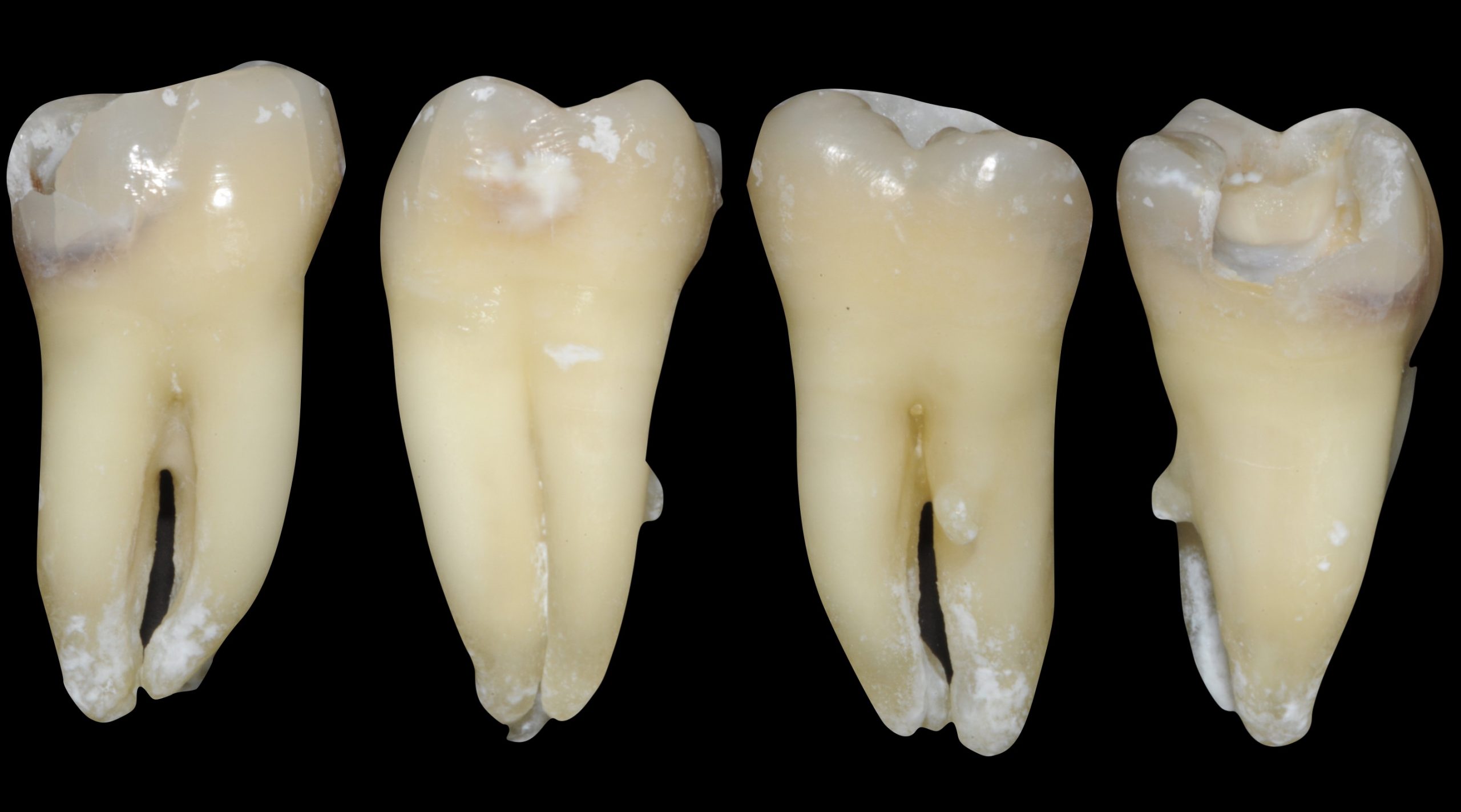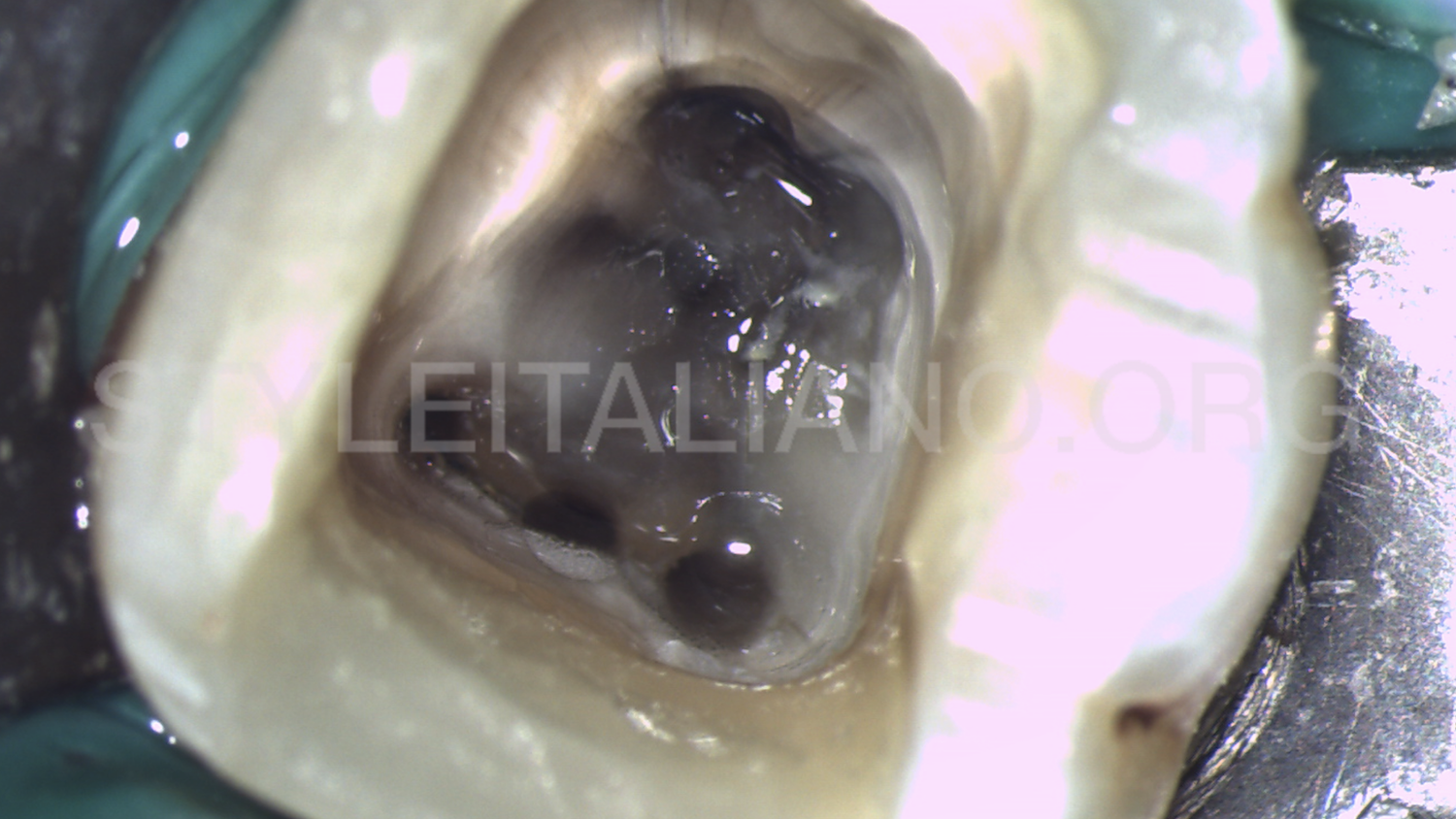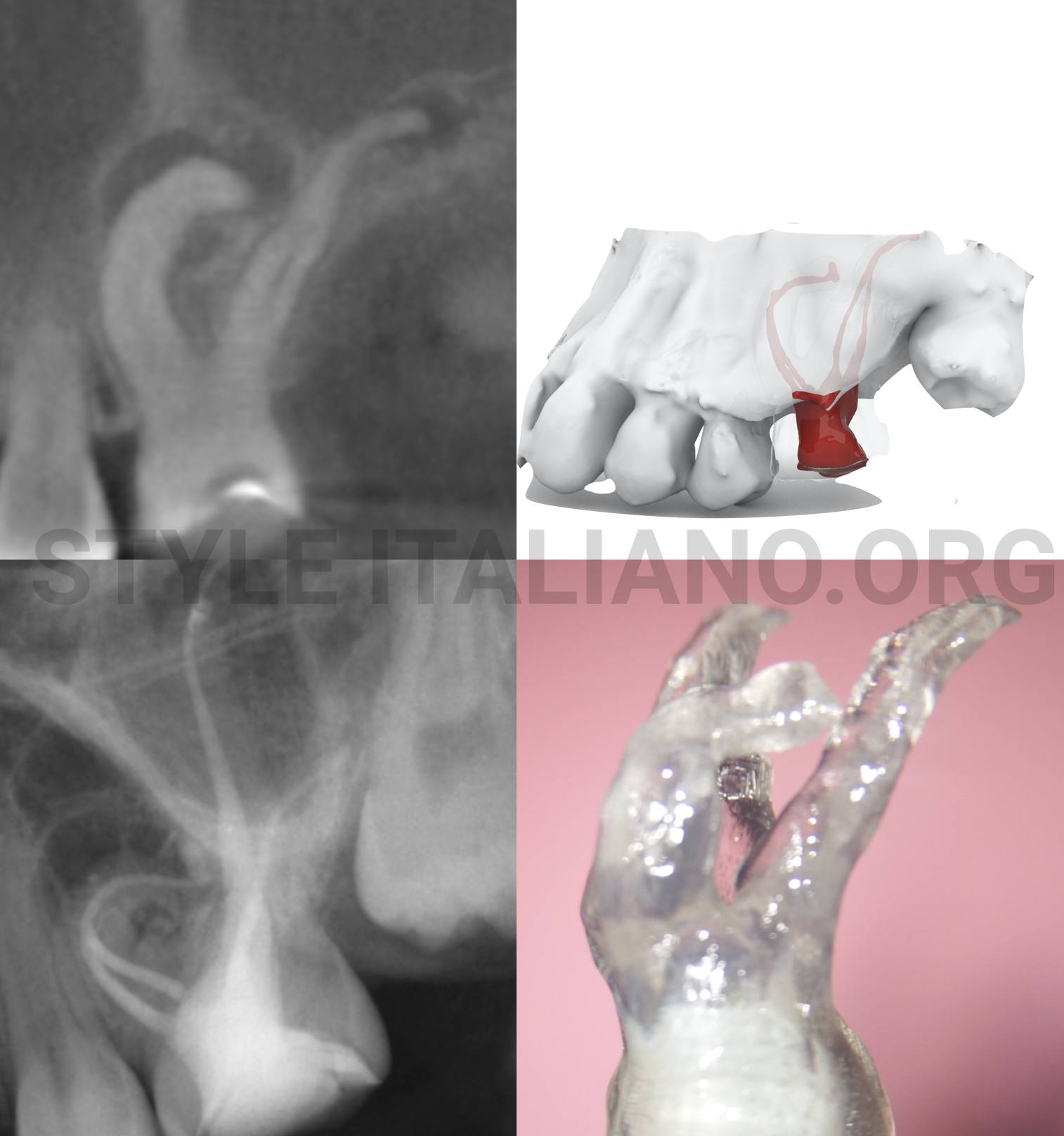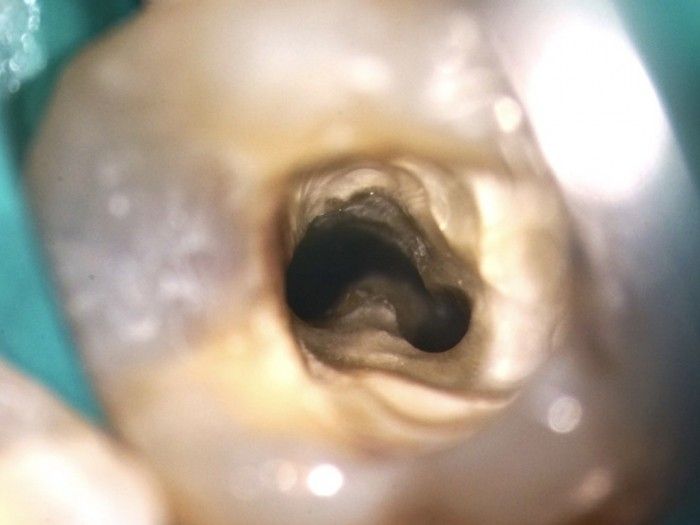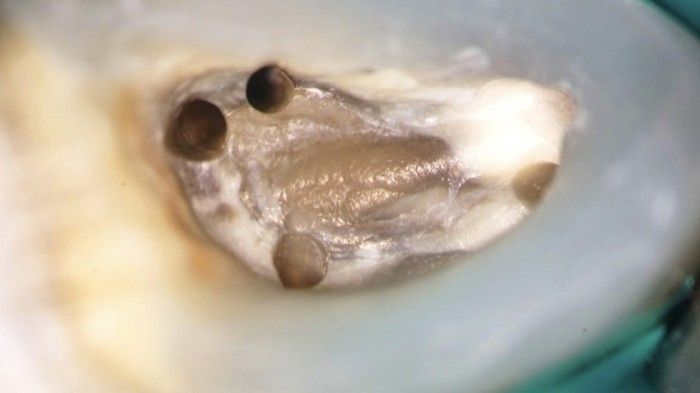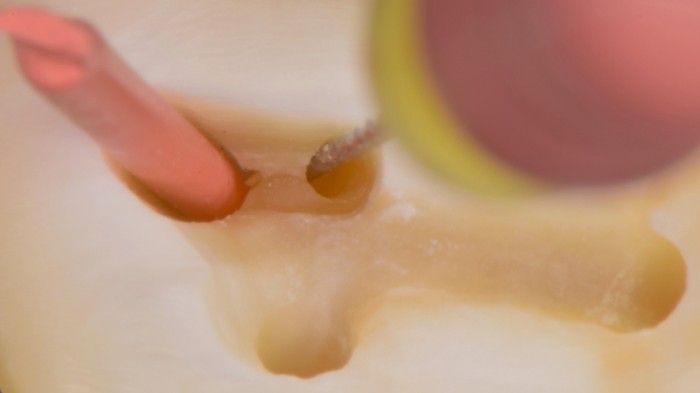The aim of endodontic treatment is to eliminate microorganism infection from the root canal system and prevent reinfection.[1] Successful Endodontic treatment depends upon Adequate knowledge about the morphology of root canal system and diagnosing the anatomic variants to avoid missed canals, Therefore, the clinician should be aware of any anatomical variations which may alter the […]

